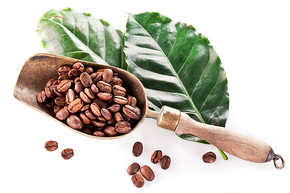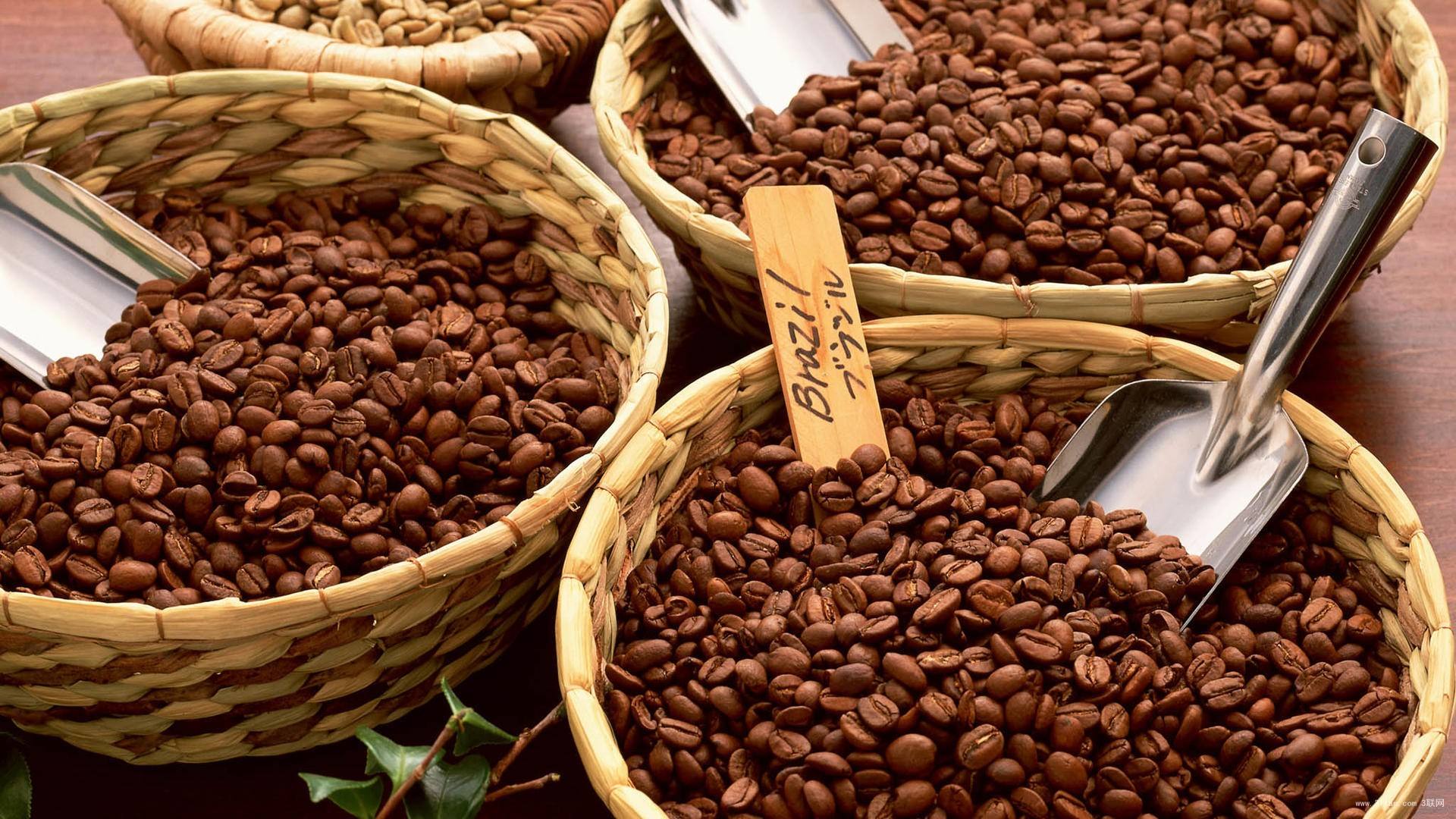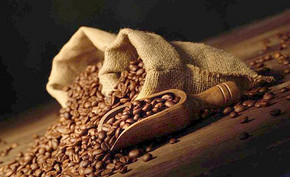Tanzania Coffee Annual report 2017
Abstract
According to FAS/ Dar es Salaam, coffee production in Tanzania will increase from 1.05 million bags last year to 1.15 million bags in 2017, mainly due to the biennial production cycle. Inventory is expected to decrease by 32000 bags compared with the previous year. The Tanzanian government (GOT) will continue to implement its coffee strategic plan to achieve the goal of doubling production by 2021.

Production
Tanzania has rich land resources, suitable altitude, temperature, rainfall and geological conditions, which are very suitable for the growth of high-quality Arabica coffee beans and Robusta coffee beans. The main growing areas of Arabica coffee beans are Mount Kilimanjaro, Arusha, Mbeya, Mbinza and Ruwama. Robusta coffee beans are mainly produced in the Cagella region, while other growing areas are Tanga, Iringa, Morogoro, Kighoma, Manila, Mwanza, Ruqua and Mara. There are three main production systems for coffee in Tanzania:
(1) Pure cultivation of coffee beans / smallholder farmers (mainly in the south)
(2) mixed cultivation of coffee and bananas / small farmers (mainly in the north and west)
(3) Household planting (less than 10% of total output)
The Government of Tanzania (GOT) continues to implement the strategic plan to double coffee bean production by 2021 to support the expansion of coffee production, which involves increasing the production of existing farms and promoting the opening of new farms in the private sector. In 2017, due to the biennial harvest, according to FAS/ Dar es Salaam, the annual production of coffee beans will increase from 1.05 million bags in 2016 / 2017 to 1.15 million bags.
The coffee industry in Tanzania is affected by several factors, including the lack of irrigation systems, the massive ageing of coffee trees and the instability of coffee prices, all of which have led to dramatic fluctuations in production. At the same time, it is also restricted by other factors, for example, many smallholder producers lack relevant agricultural practical experience, limited access to credit, lack of sufficient agricultural input capital, low input utilization rate and so on.
Consumption
According to the Tanzania Coffee Council (TCB), as the coffee drink culture is gradually rooted in urban and semi-urban areas, domestic coffee consumption is growing by an average of 1.5 to 2 per cent a year. The annual per capita coffee consumption is 0.06 kg, and the total national coffee production accounts for only 7% of the domestic consumption.
Inventory
Due to the increase in domestic consumption and exports, the end-of-term inventory of the 2017 hit 18 sales year is expected to be 32000 bags lower than that of the 2016 hit 17 sales year. Coffee stocks come from small farmers' cooperatives, farmers' groups, traders, exporters and large coffee growers.
Policy
As part of the country's Agricultural sector Development Strategy (ASDS), GOT launched the Coffee Industry Development Strategy (CIDS) in 2011. The overall goal of CIDS is to increase revenue throughout the value chain by improving coffee production and quality. By 2020, the production target will be increased from the current 50, 000 tons to 100000 tons. Specific actions to achieve this goal include the planting of new coffee varieties (200 million new seedlings by 2020), the expansion of farmland, organizational reform, increased fertilizer use, and the control of coffee diseases and pests. Through the combination of these measures, crop yields are expected to increase from the current 250 kg / ha (200 g / plant) to 600 kg / ha (450 g / plant).
Production, supply and distribution (PSD) table
Raw coffee beans
2015/2016
2016/2017
2017/2018
Market start time
July 2015
July 2016
July 2017
USDA official
The latest report
USDA official
The latest report
USDA official
The latest report
Planting area
0
0
0
0
0
0
Harvest area
0
0
0
0
0
0
Fruiting tree
0
0
0
0
0
0
An unfruitful tree
0
0
0
0
0
0
Total amount of coffee trees
0
0
0
0
0
0
Opening inventory
322
322
250
250
0
220
Arabica output
600
600
550
550
0
600
Robusta output
500
500
500
500
0
550
Other output
0
0
0
0
0
0
Total output
1100
1100
1050
1050
0
1150
Import of coffee beans
0
0
0
0
0
0
Import of coffee powder
0
0
0
0
0
0
Import of instant coffee
0
0
0
0
0
0
Total import volume
0
0
0
0
0
0
Total supply
1422
1422
1300
1300
0
1370
Coffee bean export volume
1100
1100
1000
1000
0
1100
Export volume of coffee powder
0
0
0
0
0
0
Export volume of instant coffee
20
20
30
30
0
30
Total export volume
1120
1120
1030
1030
0
1130
Domestic coffee powder consumption
52
52
50
50
0
52
Domestic instant coffee consumption
250
250
220
220
0
188
Total domestic consumption
1422
1422
1300
1300
0
1370
Final inventory
0
0
0
0
Total distribution
52
52
50
50
Area unit: 1000 ha; tree quantity unit: million; coffee quantity: 1000 bags (60kg/ bag)
Source: TCB, Global Trade Atlas (GTA), FAS / Dar es Salaam estimates
Notes about PSD
In 2017 and 2018, both production and exports were increased.
Domestic consumption and exports increased significantly compared with 2016 and 2017, while inventories declined in 2017 and 2018.
Sales
About 2/3 of the coffee in Tanzania is light Arabica coffee, and the rest is strong Arabica and Robusta. Coffee beans are widely grown in the north, west and south of the country and are sold centrally at Moshi auction houses. Light Mild Arabica coffee beans are processed by wet processing, while Robusta coffee beans are processed by dry processing. Pre-auction coffee sales are carried out through three channels:
a. Farm gate market
In this market, producers sell coffee to licensed coffee buyers, cooperatives, farmers' groups or associations. The coffee sold in this market is wet-processed and packed in parchment. Buyers dry and grind the purchased coffee beans to produce clean raw coffee beans.
b. Coffee auction
Coffee beans are sold by TCB to exporters at the Moss Coffee auction on Thursdays. Usually all transactions close within nine months. Sellers get a profit and buyers get a lot of coffee for export. Most famous exporters belong to roasters that sell coffee across borders. The price of this market generally depends on the price of Arabica coffee in New York futures market and Robusta coffee in London futures market. Most of the coffee sold in this market is crops brought by private coffee buyers and other farmers' organizations.
c. Direct export market
Upscale coffee producers who can establish direct contact with overseas buyers can sell coffee directly, bypassing the auction. The prerequisite for TCB to approve a sales contract is on the basis that the price offered by the buyer is higher than the seller's auction price for coffee.
Trade
The main export destinations of Tanzanian coffee are Japan, Italy, the United States, Germany, Belgium and Finland. Tanzania also exports soluble coffee, which is produced in a factory in Bukoba.
The main destination of raw bean export in Tanzania
Destination
2014/15
2015/16
2016/17
Quantity (ton)
%%
Quantity (ton)
%%
Quantity (ton)
%%
Japan
12222
thirty-two
11077
twenty-eight
5581
fifty-six
Italy
9915
twenty-six
10970
twenty-eight
5772
fifty-eight
America
4988
thirteen
6005
fifteen
3055
thirty-one
Germany
5243
fourteen
5967
fifteen
2743
twenty-seven
Belgium
4093
eleven
3992
ten
2537
twenty-five
Source: Tanzania Cafe (TCB)
Important Notice :
前街咖啡 FrontStreet Coffee has moved to new addredd:
FrontStreet Coffee Address: 315,Donghua East Road,GuangZhou
Tel:020 38364473
- Prev

Tanzania Coffee Bean Flavor Main Description
Pay close attention to the coffee comment (Weixin Official Accounts vdailycom ) and find that the beautiful coffee shop opens its own small shop near Kenya in Tanzania. Kilimanjaro's production area is in the southern songea region, and the beans and cocoa produced are charming. Medium baking fragrance charming, sweet and sour taste better, deep baking mellow rich. Reference Flavors: Nutty, caramel, chocolate, smooth, mellow, bright.
- Next

Unique taste and taste of Indonesian Kopi Luwak
The unique flavor and taste of Indonesian Kopi Luwak (Wechat official account vdailycom) found that the civet opened a small shop of its own. After eating the coffee beans, the civet breaks down the proteins in the coffee beans, and many of the ingredients in the coffee beans have changed. A careful comparison of ordinary coffee beans may be due to acidic corrosion through the intestines of Luwak.
Related
- Detailed explanation of Jadeite planting Land in Panamanian Jadeite Manor introduction to the grading system of Jadeite competitive bidding, Red bid, Green bid and Rose Summer
- Story of Coffee planting in Brenka region of Costa Rica Stonehenge Manor anaerobic heavy honey treatment of flavor mouth
- What's on the barrel of Blue Mountain Coffee beans?
- Can American coffee also pull flowers? How to use hot American style to pull out a good-looking pattern?
- Can you make a cold extract with coffee beans? What is the right proportion for cold-extracted coffee formula?
- Indonesian PWN Gold Mandrine Coffee Origin Features Flavor How to Chong? Mandolin coffee is American.
- A brief introduction to the flavor characteristics of Brazilian yellow bourbon coffee beans
- What is the effect of different water quality on the flavor of cold-extracted coffee? What kind of water is best for brewing coffee?
- Why do you think of Rose Summer whenever you mention Panamanian coffee?
- Introduction to the characteristics of authentic blue mountain coffee bean producing areas? What is the CIB Coffee Authority in Jamaica?

